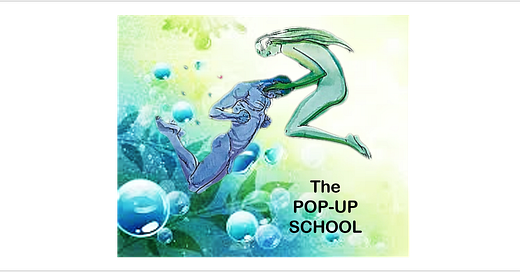Lyric Culture: Ontological Design for Back Loop Realities (pt 3)
Introduction to the 2024 Course (Jan- July)
Keep reading with a 7-day free trial
Subscribe to The Pop-Up School to keep reading this post and get 7 days of free access to the full post archives.



